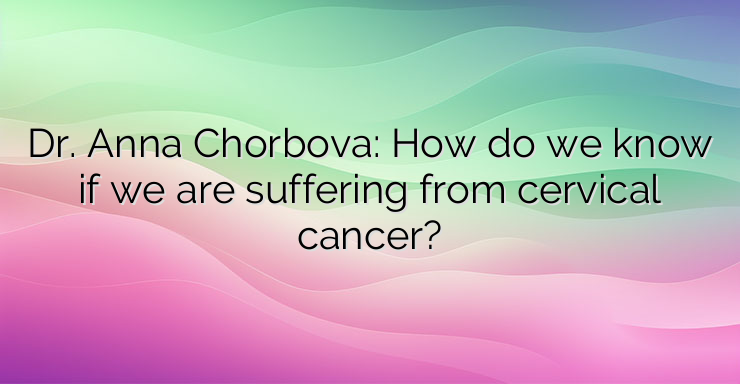Meet Dr. Anna Chorbova, a seasoned Obstetrician and Gynecologist since 1998. With numerous courses and postgraduate qualifications under her belt, she has a wealth of experience. Previously, she served at SAGBAL “Sheynovo,” including a stint as the head of the “Intensive monitoring of the fetus, the woman in labor in the delivery room” department for two years. Since 2009, she has been leading the Department of Obstetrics and Gynecology at Vita Medical Center.
“Dr. Chorbova, what are the most common gynecological diseases in modern women?” Well, unfortunately, we’re facing quite a few gynecological issues in modern women. From common vaginal infections to hormonal imbalances and tumors, the spectrum is broad. Recently, we’ve seen a rise in young women with polycystic ovaries, adhesions, and other related problems leading to reproductive issues. But what’s most concerning is the significant increase in cervical cancer cases, with patients being diagnosed at younger ages.
“What are the reasons behind these modern gynecological diseases and their high frequency?” Lifestyle plays a significant role, not just in gynecological issues but in all modern diseases. Factors like diet, exercise, and stress affect everyone’s health. That’s why we emphasize the importance of prevention and regular check-ups every six months. Early detection is key to managing or even preventing these diseases.
“At what age should women have their first gynecological examination?” Nowadays, with teenagers starting sexual activity earlier, the risk of gynecological diseases increases. So, I recommend the first gynecological exam after initiating sexual activity, assuming there are no other issues. Early sexual activity contributes to the rise in cervical cancer cases among young women. With better education and awareness, we could see fewer cases.
“What are the symptoms of cervical cancer, and how can we detect it?” Cervical cancer is often caused by HPV, with the highest infection rates occurring between ages 16 and 20. Most infections are sexually transmitted, with nearly every woman experiencing one or more HPV infections in their lifetime. However, the virus doesn’t always lead to cancer. Unfortunately, symptoms are rare until the disease is advanced, typically showing up as irregular genital bleeding. Early detection is crucial.
“What methods are available for diagnosing cervical cancer?” Apart from standard exams, smear tests and colposcopy help confirm suspicions or provide a clearer picture. Smears are more common due to colposcopes not being widely available. However, colposcopy can detect early changes in the cervix.
“What exactly is colposcopy?” Colposcopy is a detailed gynecological exam using a special magnifying device to detect changes in the cervix that are invisible to the naked eye. It’s quick, painless, and doesn’t require anesthesia. Unfortunately, many young women are diagnosed with cervical cancer due to late detection or neglect. That’s why it’s crucial not to underestimate the importance of colposcopy.
“What advice would you give modern women?” First and foremost, trust your personal gynecologist over internet information. Make time for your health, even in your busy life. Don’t ignore any worrying symptoms; consult a doctor immediately. Prevention is key, so prioritize regular check-ups.


Leave a Reply